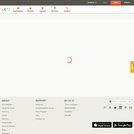
This course features a video review of addition up to the sum of ten for first graders.
- Subject:
- Mathematics
- Numbers and Operations
- Material Type:
- Lecture
- Provider:
- CK-12 Foundation
- Provider Set:
- CK-12 Elementary Math
- Date Added:
- 02/25/2015

This course features a video review of addition up to the sum of ten for first graders.
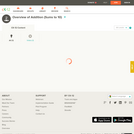
This short video and interactive assessment activity is designed to teach second graders an overview of addition (sums to 10).
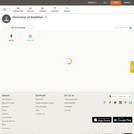
This short video and interactive assessment activity is designed to teach second graders an overview of addition.
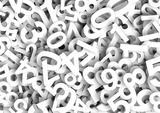
In this activity, students will practice Arabic numbers from 1 to 50. they will be able to accurately pronounce them, as well as perform basic arithmetic operations (addition, subtraction, multiplication, and division) using Arabic numbers.Can-Do Statements:I can recognize and identify Arabic numbers from 1 to 50.I can accurately pronounce Arabic numbers from 1 to 50.I can perform basic arithmetic operations (addition, subtraction, multiplication, and division) using Arabic numbers.
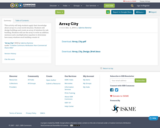
This activity will help students apply their knowledge about arrays to a real-world situation. Students will design buildings and create an array of windows for eah building. Students will use the array to write an addition sentence and a multiplication equation to determine how many windows each building consist of.
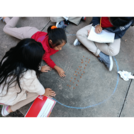
The students will use their knowledge of repeated addition to determine the total number of objects in equal groups.
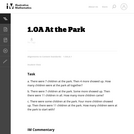
These 3 word problems require students to solve addition and subtraction problems.
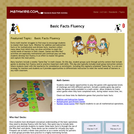
Every math teacher struggles to find ways to encourage students to master their basic facts. Whether for addition and subtraction facts or for multiplication and division facts, teachers collect many ideas from which they can draw activities to meet the varied needs of learners in their classes. Games and Who Has? activities are especially motivational and continual play can help students develop fact fluency in an effort to master the games and capture the most points.
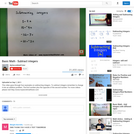
This video goes through four examples on subtracting integers. To subtract integers remember to change it into an addition problem. The first number plus the opposite of the second number.
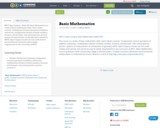
BPCC Open Campus - Math 097: Basic Mathematics is a review of basic mathematics skills. Here's what's covered: -fundamental numeral operations of addition, subtraction, multiplication division of whole numbers, fractions, and decimals -ratio and proportion -percent -systems of measurement -an introduction to geometry NOTE: Open Campus courses are non-credit reviews and tutorials and cannot be used to satisfy requirements in any curriculum at BPCC.

Introduction to additionGoal: Students will learn the basic concepts of addition. Activity: Use base ten mats and checkers to introduce addition. Give each student two checkers and have them place them on their mat. Then, give each student two more checkers and have them count the total number of checkers. Write the equation on the board. Repeat this process using different numbers until they understand the basic concept. At this level, the sum should be ten and below. Finally, have students play the games provided in this resource.Assessment: An addition assessment is provided in this resource.

The purpose of this task is for students to find different pairs of numbers that sum to 4.
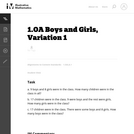
Students use addition or subtraction to solve these types of word problems.
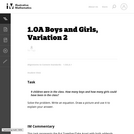
This word problem has 10 possible solutions.
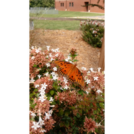
In this lesson, students use the real-world application of insect monitoring to practice their fluency with addition and subtraction.

The Caribbean Examinations Council (CXC) Caribbean Secondary Education Curriculum (CSEC) mathematics syllabus has been used to guide the selection and sequencing of quality Open Education Resources (OER) to create a free textbook or online course. The resources have been collected and vetted by experienced mathematics teachers and organised to allow a 'reader' gain mastery of each of the CSEC topics and objectives.
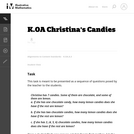
The purpose of this task is for students to find different pairs of numbers that sum to 7.

Make a whole rainbow by mixing red, green, and blue light. Change the wavelength of a monochromatic beam or filter white light. View the light as a solid beam, or see the individual photons.
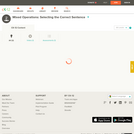
This short video and interactive assessment activity is designed to teach second graders about mixed operations: selecting the correct sentence.
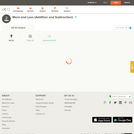
This short video and interactive assessment activity is designed to teach second graders about more and less (addition and subtraction).